By Holly Tancredi, Editor, Energy Magazine
When AGL Energy’s Liddell Power Station was first switched on in 1971, it made history as Australia’s most powerful generating station at the time. Now, more than 50 years later, the world is changing and so is AGL as Australia transitions to a lower carbon future. AGL’s Chief Operating Officer, Markus Brokhof, spoke with Energy Magazine about Liddell’s closure and the company’s plan for a renewable future.
You’re not supposed to talk about a lady’s age, but “Lady Liddell” has been around for more than 50 years – longer than most power stations. But despite its icon status in Australia’s energy infrastructure, in recent years the Liddell Power Station hasn’t operated at its 2,000MW generation capacity, with 23 station restarts in 2022. Its closure has been seven years in the making, with one of its four units already decommissioned in 2022.
With its extensive history, and more recently, its postponed closure to support Australia through the energy crisis over 2022, Liddell’s fire has now been put out. Liddell’s last unit closed on Friday 28 April 2023 marking the power plant’s closure. The ageing infrastructure is not the only reason Liddell’s closure is important.
Its location is now set to make way for the Hunter Energy Hub, with a 500MW/2GWh grid-scale battery for the site already receiving planning approval. AGL plans to redevelop all its remaining power station sites into industrial energy hubs, home to renewable energy and storage technologies.
AGL Energy, Chief Operating Officer, Mr Brokhof said the Liddell closure will bring “challenges for everyone in the electricity system as the closure plays out” but that any concerns could be solved. This has been reinforced by the Australian Energy Market Operator, which said it did not expect any reliability issues in the National Electricity Market because of the closure.
Another important part of the closure will be the site’s demolition. Under its sustainability goals, AGL wants to ensure 90 per cent of the Liddell station materials are recycled. This, Mr Brokhof said, was an exciting challenge. The 70,000 tonnes of steel, kilometres of copper wiring, and even the transformer oil are all planned to be recycled or sold to further the site’s circular economy impacts and continue its life.
Plans are in motion to account for steel that will need to be cleaned, the need for dust suppression, and the sheer volume of trucks that will head in and out, filled to the brim with materials and more. There will be additional hurdles, from the safe handling and removal of asbestos as well as navigating community consultations. The demolition is set to take two years.
“It was clear that in order to give a future to the company, we need to invest heavily in renewable generation.”
Controversy to confidence
It would be remiss to not mention the headlines AGL has been part of in recent years. There was the political pressure from former prime minister Malcolm Turnbull to sell Liddell to Hong Kong’s Alinta in 2018, the cancelled Demerger Proposal of 2022, and – as the country’s largest electricity generator – AGL also holds the unfortunate title as Australia’s biggest carbon emitter.
With an updated company strategy of no coal by 2035, Mr Brokhof was open about the challenges in navigating the company’s transition away from coal generation to renewable energy, and the impact the demerger had on the company’s future.
“We needed to change our way of thinking,” Mr Brokhof said.
“Community expectations had shifted and there was a demand for faster action on climate change and with that an accelerated pathway out of coal and out of heavy carbon-emitting generation plants. It was clear that we needed to respond to that.”
Mr Brokhof said the first challenge post the failed demerger was bringing shareholders, other external stakeholders and company employees together to redefine what AGL’s future would look like.
Mr Brokhof called this a balancing act, ensuring all the criteria of environmental, social, and governance (ESG) and shareholder returns were managed effectively as well as financially viable.
“It was clear that in order to ensure the future of the company, we needed to invest heavily in renewable generation.”
AGL Energy released its Climate Energy Action Plan in September 2022 outlining its plan to:
- Reduce annual greenhouse gas emissions by at least 17 per cent by FY24, following Liddell’s closure
- Be net zero for operated Scope 1 and 2 greenhouse gas emissions following the closure of all AGL’s coal- fired power stations
- Develop a decarbonisation pathway to net zero for Scope 3 greenhouse gas emissions by 2050
- Target 5GW of new renewable and firming capacity in place by 2030, with 12GW by 2036
Putting the pieces together
Mr Brokhof said AGL, following the release of its Climate Energy Action Plan (CTAP), and a review of the company’s strategic direction, needed to transition not only to renewable generation, but investment into firming capacity to ensure energy supply for their customers.
“The successful transition of a CO2-exposed company to a low-carbon generation fleet is probably one of the most challenging jobs AGL needs to do, but also one of the most exciting jobs,” Mr Brokhof said.
“This is a jigsaw puzzle, where we have to make the right decisions; investment and refinancing decisions, in order to get AGL fit for the future.”
The Hub with tomorrow’s workforce
As Liddell is pulled apart and makes way for billion dollar investments in renewable energy, the way AGL is managing and supporting their workforce has evolved. Some Liddell employees, such as those with decades-long histories with AGL, have retired, with others transferred to other stations or, in attempts to create an adaptive continuous workforce, taking on new roles across the company.
“We want to create redeployment opportunities for people,” Mr Brokhof said.
“Most electricians and mechanical engineers are always needed, independent of what kind of assets you have. But a boiler fitter; the job which they have today may not be a job of tomorrow.”
Mr Brokhof is clear about creating a stable and engaged workforce. This includes retraining or re-educating employees so they, and the company, can benefit from the opportunities ahead in the renewable future.
Closing the gap as part of the loop
As part of the closure, Mr Brokhof discussed how AGL’s Reconciliation Action Plan has ensured full transparency and ensured First Nations people are supported as the site and company transitions.
“If you build something new, you also have a unique opportunity to do something new,” Mr Brokhof said. Mr Brokhof said there was a “clear wish to close the gap” and “treat First Nations people as an embedded stakeholder” in its sites.
Mr Brokhof also stated that in repurposing sites, AGL has an accountability to acquire the buy-in of First Nations groups.
“If you build on the land and do something, people should understand what is happening there.”
Part of a trial within AGL’s procurement department is the scaling and building of Indigenous supplier capabilities.
“We are willing to take the step and build up capabilities of Indigenous suppliers in order to make this happen,” Mr Brokhof said.
“All our wishes for Indigenous content and Indigenous suppliers, we also put into the contractor tenders. This means if somebody provides a service to AGL, they have an indirect commitment – if they don’t have one already – to also employ Indigenous people.
“So there becomes a chain of Indigenous employment and closing the gap in our contextual relationship.”
Restructuring industry
Alongside its Energy Hub plans, AGL already has a few fingers in renewable energy pies; it owns wind and solar farms, batteries, and is studying the feasibility of green hydrogen hubs. Mr Brokhof was firm in his belief that the move to renewable energy in the regions will require a structural change and that industry and governments need to work together to ensure the transition creates new opportunities for the regions.
“In order to make this happen and make it an area without high unemployment, you need all the parties to have a structural plan, how you want to transition the entire region. “It is not only AGL who must be part of this structural change. It needs all the parties involved, industries, communities and the support of the state and federal governments.”
Mr Brokhof said it was important for AGL to have a vision for the changing sites, and how they will look in the future to ensure people will follow and want to be part of the journey. Creating these new opportunities for the community and workforce was something Mr Brokhof spoke of passionately.
“I’m accountable for the people overall … so I think the successful workforce transition of society will be another fantastic thing.”
Mr Brokhof is eager to see AGL transition, be part of the changing narrative, and the growth of the company’s circular economies, both as a workforce, and as an energy generator and retailer, with the renewable energy sector as a partner.
In another 50 years, it will have been more than two centuries since AGL lit the first gas lamp in Sydney, and if AGL is firm on its renewable energy and climate commitments, it can secure its place in net zero Australia.




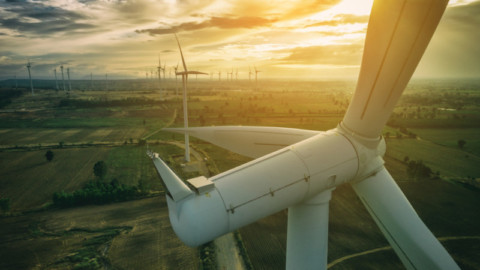
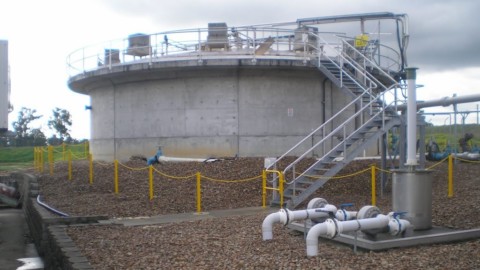
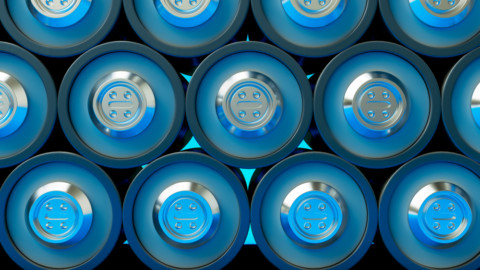
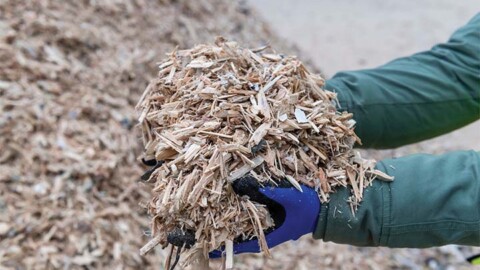
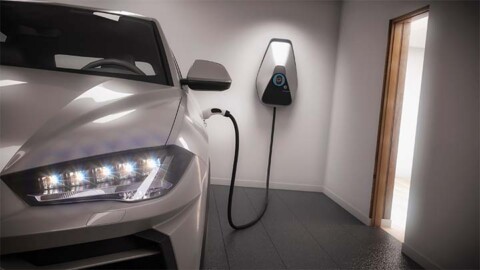


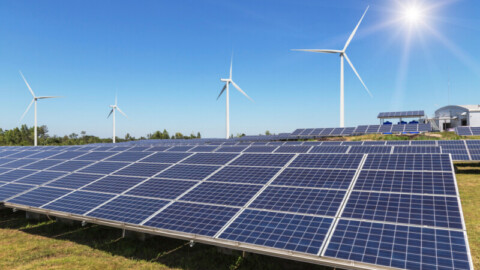







Bit early. Renewable’s will not be able to replace the power generated by this type of infrastructure ever.
they are to costly and unreliable. Please say you are considering Nuclear power. The only way forward if you continue on this ridiculous target of net zero. Brainwashed by very rich Entrepreneur’s . Good luck with the blackouts!